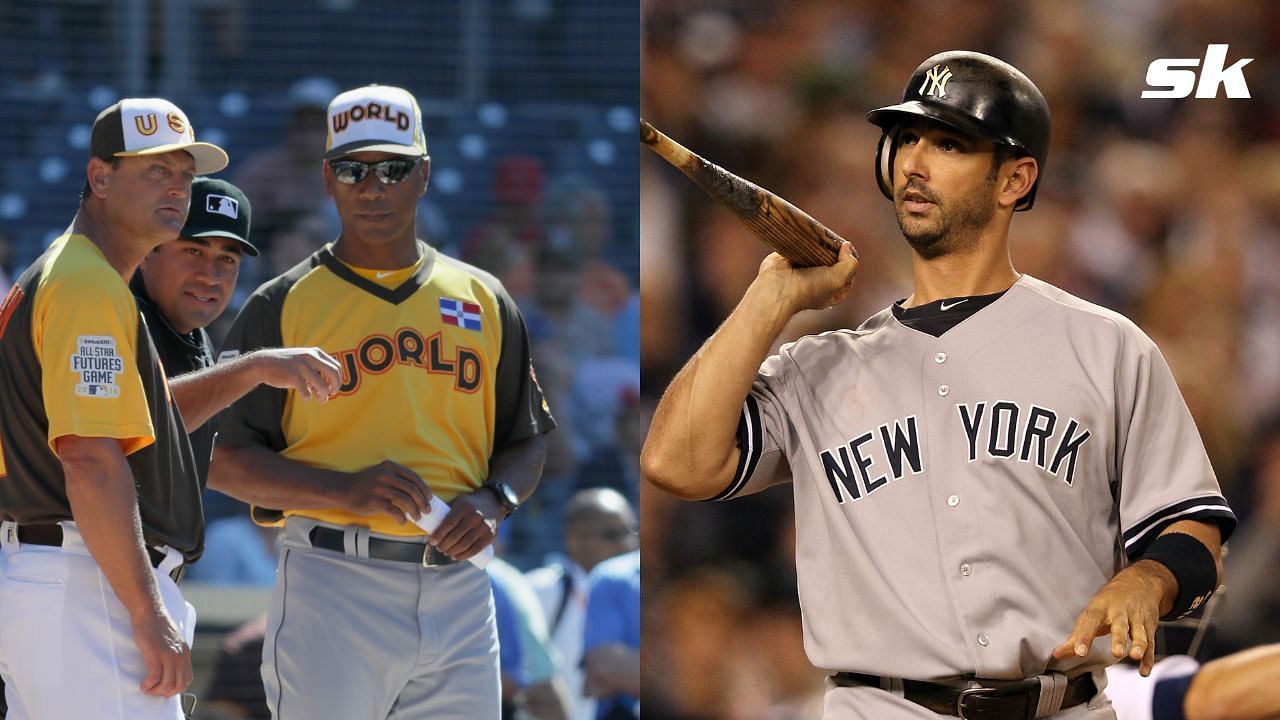Soon after Board for Control of Cricket in India (BCCI) invited bids for media rights to its proposed women’s T20 league of five teams, Mohit Burman, chairman of Dabur and co-promoter of the men’s Indian Premier League team Punjab Kings, declared his interest in acquiring a franchise in the women’s league. This is welcome news for sports, Indian women and for India in general.
At one level, sport is about passionately pursuing physical excellence to achieve a particular end, of prevailing in a contest. At another level, it is part of entertainment. And entertainment is an important segment of the services sector that would accommodate a growing segment of the workforce, as economies mature. Women’s cricket would generate jobs for women directly and indirectly, by eroding the notion, strongly rooted in tradition, that respectable women should stay at home or, if at all they venture into the workplace, confine themselves to teaching, office work or some such roles that do not involve physical activity.
Female labour force participation rate is low, in comparison to male readiness to work: just above 46% for the world at large, in contrast to the men’s rate of 68% globally for 2021. In India, the female labour force participation rate is 19%, which puts India 11th from the bottom among nations. Even Pakistan does slightly better, with a rate of 21%. A bunch of Muslim majority countries alone fare worse than India.
Now, this does not mean that women in India do not work. They perform most of the work of the household: cooking, fetching water, often across long distances, laundry, caring for children and the elderly and whatever else goes into reproducing people. But all this is unpaid labour, thus failing to qualify as work as per the definition and measurement norms in use.
The labour force is the segment of the population that is willing to work for a wage, comprises workers and the unemployed, those who are looking for work but are unable to find it. The labour force participation rate is the proportion of the population aged 15 or more who are prepared to work. Sometimes, even the remunerative work done by women gets failed to be recognized as work. So, the actual labour force participation rate for women might be higher than the official count of 19%. But it would still be far lower than Solomon Island’s 83%, China’s 62% or Indonesia’s 54%.
India needs a drastic change away from traditional culture, when it comes to women and their agency. This is essentially a task of democracy, to realise the gender equality promised by the Constitution. Patriarchal societies, though, deem women to be undeserving of autonomy, it being their lot to be protected by men in every stage of their lives: by the father, when they are children, by the husband, in their youth and by the son in their old age. This has been supplanted by the modern Constitution, but custom trumps the law in social practice.
Women’s cricket as a competitive sport helps modernise the value system on how women should conduct themselves in society, and it helps break social constructs of stereotype roles and choices. That, in turn, opens the path to fuller participation in social life, including the nation’s economic life.
On the field, all that counts is sporting excellence and coherence of individual members as a team. The factors of identity that, in larger society, tend to serve as fault lines for possible fracturing of solidarity — caste, religion, region, economic background, ethnicity — have no place on the field. In this sense, team sports, as well as teams at the workplace, are vehicles and instrumentalities of modernity and cohesion that transcends identities not relevant to the task at hand.
As has been observed in the context of education, when women are the beneficiaries, the benefit transmits to the next generation as well. So a good cricket team of women would serve as a training ground for better citizens who make up a modern nation as well.
A major change brought about by the IPL is in the social composition of India’s cricketing stars. Cricket used to be an elite pursuit. No longer. A far broader base of players now throws up the stars of Indian cricket than in the past. A similar change awaits women’s cricket, too. And that is crucial, to transform popular perceptions of women’s rightful role in society.
And it is welcome that this is happening in the natural course of the diversification and growth of India’s entertainment sector, rather than as part of any top-down reform driven by the government or of any woke agenda that fails to resonate with the masses.
It is good business for Mohit Burman. It is also welcome progress for Indian women and for India as a whole.
Download The Mint News App to get Daily Market Updates.
More
Less















